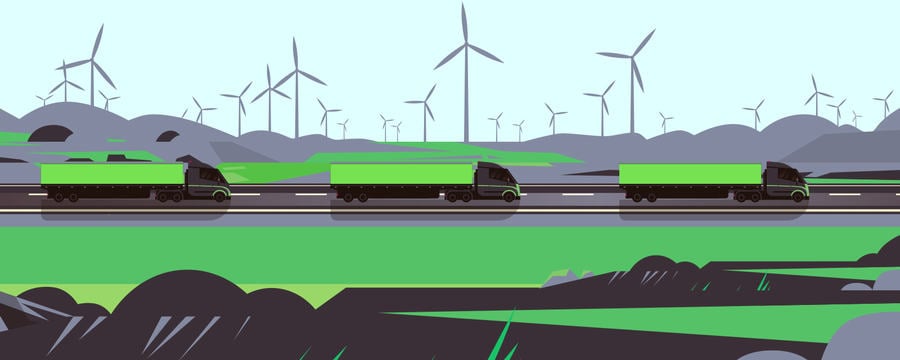Defining sustainability
In this step, you will be introduced to the concept of sustainability, examine how it has evolved over time under changing social, economic and environmental conditions, and explore various applications across different sectors.
Sustainability is living on nature’s income rather than living on its capital.(Murray Gell-Mann, 1969 Nobel Prize Winner in Physics)
The historical roots of sustainability
The Green Movement and modern definitions of sustainability
- Be based on resources that wouldn’t be exhausted in the long-term
- Not generate unacceptable pollution
| Ecology | Sustainability characterises the ability of biological systems to remain diverse, healthy and productive over time (Rosen and Kishawy 2012) |
| Agriculture | Sustainability refers to resource-conserving, socially supportive, commercially competitive and environmentally sound farming systems that are capable of maintaining their productivity and usefulness to society indefinitely (Duesterhaus 1990). |
| Transportation | Sustainability refers to systems that provide affordable access to freight and passenger service in an environmentally sound and equitable manner (Bell, Delaney and Lewis 1997). |
Your task
A growing number of businesses launch Sustainability Data Initiatives. How do you think that such initiatives help businesses to become more sustainable? What challenges do they face?Share your thoughts with your classmates in the comments area at the foot of the page.
References
Agricola, G. (1950) De Re Metallica: Translated from the first Latin Edition of 1556. Hoover, H. C., and Hoover, L. H. (eds). Dover: New York
Bell, D., Delaney, R., Lewis, R. (1997) A Proposal for Sustainable Transport: A National Framework. Ottawa: Transport Canada
Du Pisani, J. A. (2006) ‘Sustainable Development – Historical Roots of the Concept’. Environmental Sciences 3 (2), 83-96
Dubos, R., Cole, L. C., Jacobs, J., Carter, L. J., Temko, A., Bowen, W., Wylie, P. (1970) The Environmental Crisis. Washington, DC: United States Information Service
Duesterhaus, R. (1990) ‘Sustainability’s Promise’. Journal of Soil and Water Conservation 45 (1), 4
EPA (2011) Sustainability and the U.S. EPA [online] Washington, DC: United States Environmental Protection Agency. The National Academies Press: USA. available from https://www.epa.gov/sustainability/sustainability-and-us-epa [8 July 2019]
Hawken, P. (2007) Blessed Unrest: How the Largest Movement in the World Came into Being and Why No One Saw it Coming. New York: Viking 172
Rosen, M. A., Kishawy, H. A. (2012) ‘Sustainable Manufacturing and Design: Concepts, Practices and Needs’. Sustainability 4 (2), 154-174
Van Zon, H. (2002) Geschiedenis En Duurzame Ontwikkeling. Duurzame Ontwikkeling In Historisch Perspectief: Enkele Verkenningen. Nijmegen/Groningen: Werkgroep Disciplinaire Verdieping Duurzame Ontwikkeling
Share this
Sustainability and Green Logistics: An Introduction

Sustainability and Green Logistics: An Introduction


Reach your personal and professional goals
Unlock access to hundreds of expert online courses and degrees from top universities and educators to gain accredited qualifications and professional CV-building certificates.
Join over 18 million learners to launch, switch or build upon your career, all at your own pace, across a wide range of topic areas.
Register to receive updates
-
Create an account to receive our newsletter, course recommendations and promotions.
Register for free







